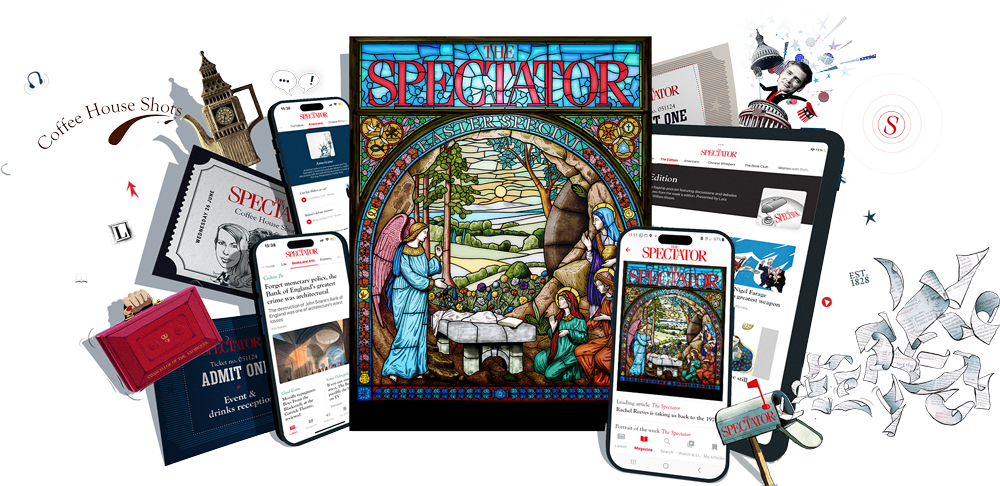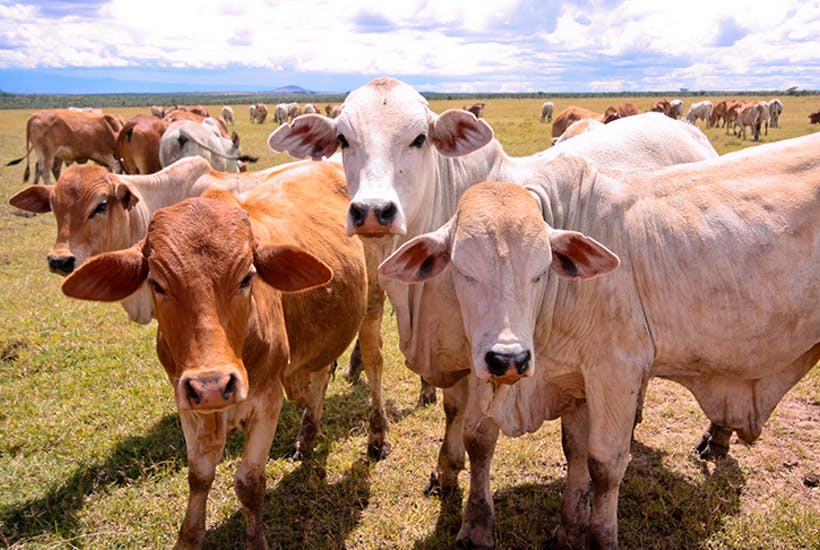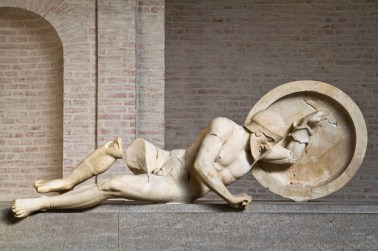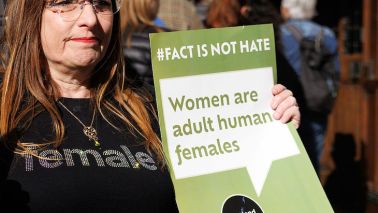Death and failure are more integral to farming than any other experience that I’ve witnessed in my life. Some things are out of our hands — like the plagues of desert locusts heading our way from Ethiopia, promising to devour all our green pastures within hours of their arrival. Other things are within our power, such as the life of our animals who, though we want them to be contented during their stay on the farm, are mostly headed towards one inevitable end.
Seconds after one of our Boran cows gives birth, she will begin to nuzzle her calf who will quickly stand and suckle its mother. It’s harder when a heifer is calving for the first time because she is more prone to reject her calf. When this happens we might bind the mother’s rear feet and help the calf to suckle, which stimulates the release of oxytocin. The first colostrum is let down and the love flows between them.
In late November a first calf heifer that I favoured gave birth to a bull calf and immediately gave him such a mighty kick that his near hind leg broke, the tibia and fibula sheared in two. The break was so bad I resolved to put him out of his misery, as we usually do with hopeless cases that get chopped up and put in the freezer or made into dog food. On a whim this time, after a chat with the farm stockman Leshoomo, we agreed to have a go at saving the miserable creature. Leshoomo fashioned a splint from a plastic bottle, some rags and a length of sisal baler twine. Since the mother went mad if her calf was brought close to her we resorted to feeding the calf with a mixture of other cows’ milk and old tins of powder and bottles saved from when our children were babies.









Comments
Join the debate for just £1 a month
Be part of the conversation with other Spectator readers by getting your first three months for £3.
UNLOCK ACCESS Just £1 a monthAlready a subscriber? Log in